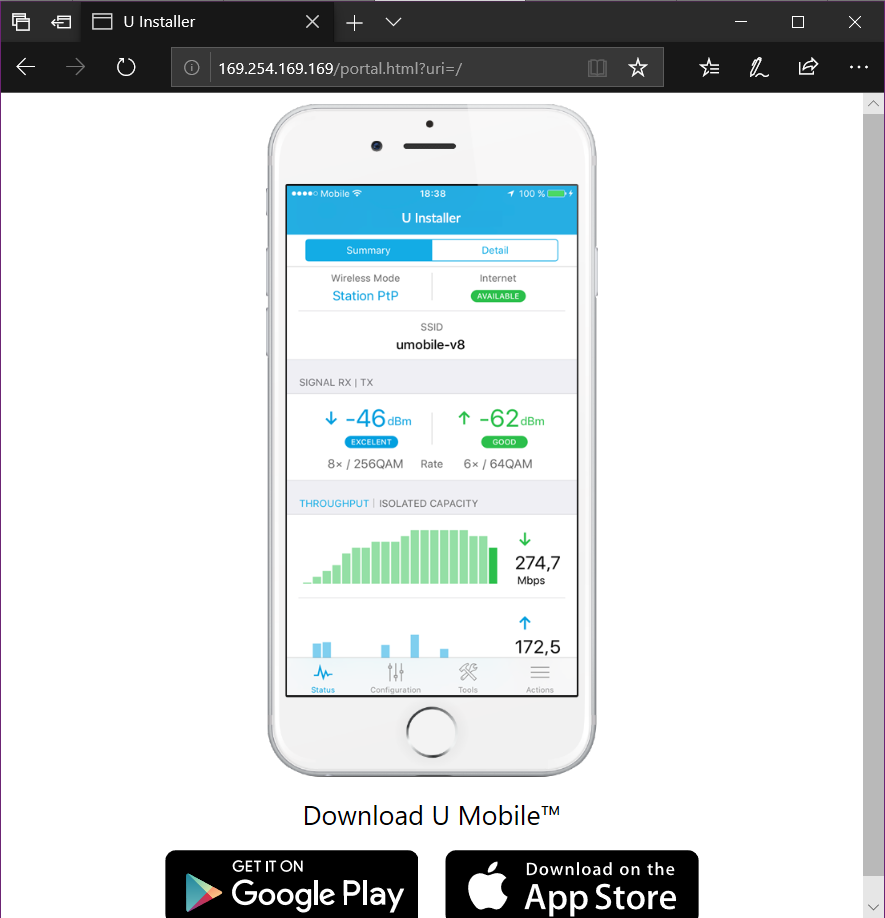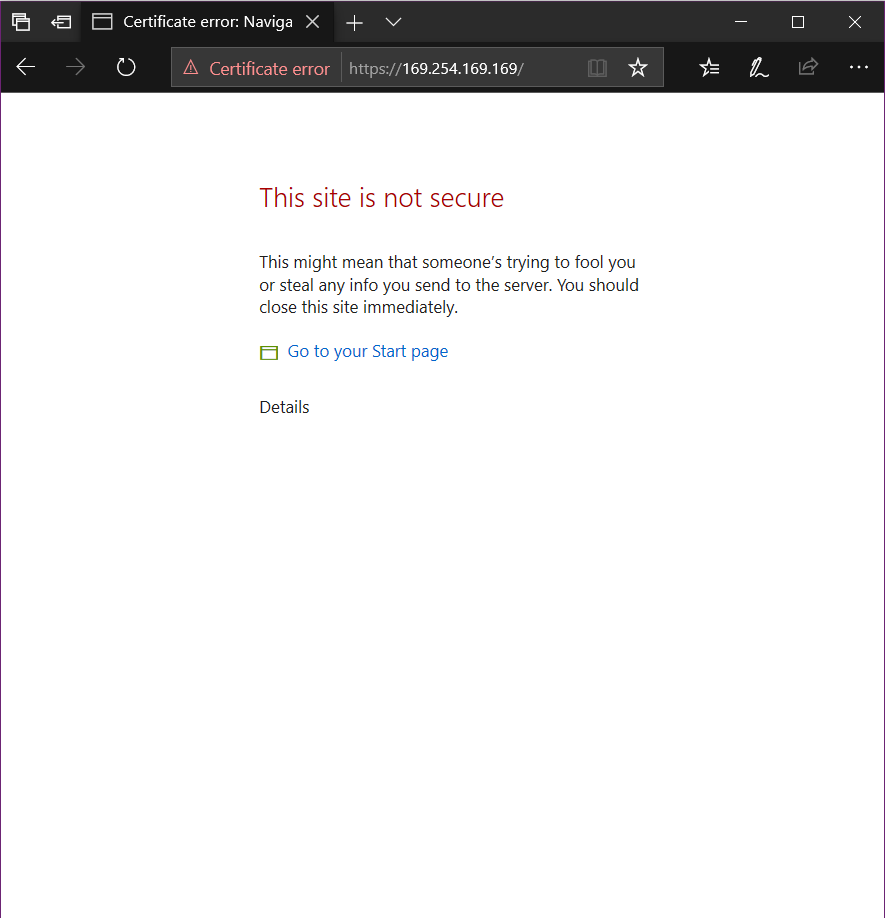- SSH into the UniFi server
- Connect to MongoDB
- Find user ObjectId
- Update user info with new Password
You will need a hash of the password to put into the database. We don’t cover that in this post. You could copy the password from a different user account or use a different UniFi instance to change the password and then check the DB to find the hash.
SSH into the UniFi Server
ssh unifiadmin@unifiserver
Connect to MongoDB
Connect to Mongo by typing in the following.
mongo -port 27117
Then select the ace database by typing
use ace
Find user ObjectId
The admins are in the admin collection/table. Use the following command to list all the users and their name, email, and password hash.
db.admin.find({ }, { name:"" , email : "", "x_shadow" : "" })
Update user info with new Password
The following looks complex. Fortunately though you should be able to copy and paste. You should only need to change the
– ObjectId to your User Id
– Password Hash to your password hash
db.admin.update({"_id" : ObjectId("223abc5489de0a93be758493")}, {$set: { "x_shadow" : "$6$nwpi7.q2$OuD9/UZGZt5cD739Dt7j8Gb1uPtfU99p0DeDSurSNBZVizieUrFVFbRufiZMgOk2IaaDZN9BVmL9yUwQ2mC8f."}});
Note: The hash above is password. Not recommended for use.
You should receive a confirmation that it succeeded. Test the new password by logging into the UniFi Controller.
For more MongoDB commands, check out this post.







